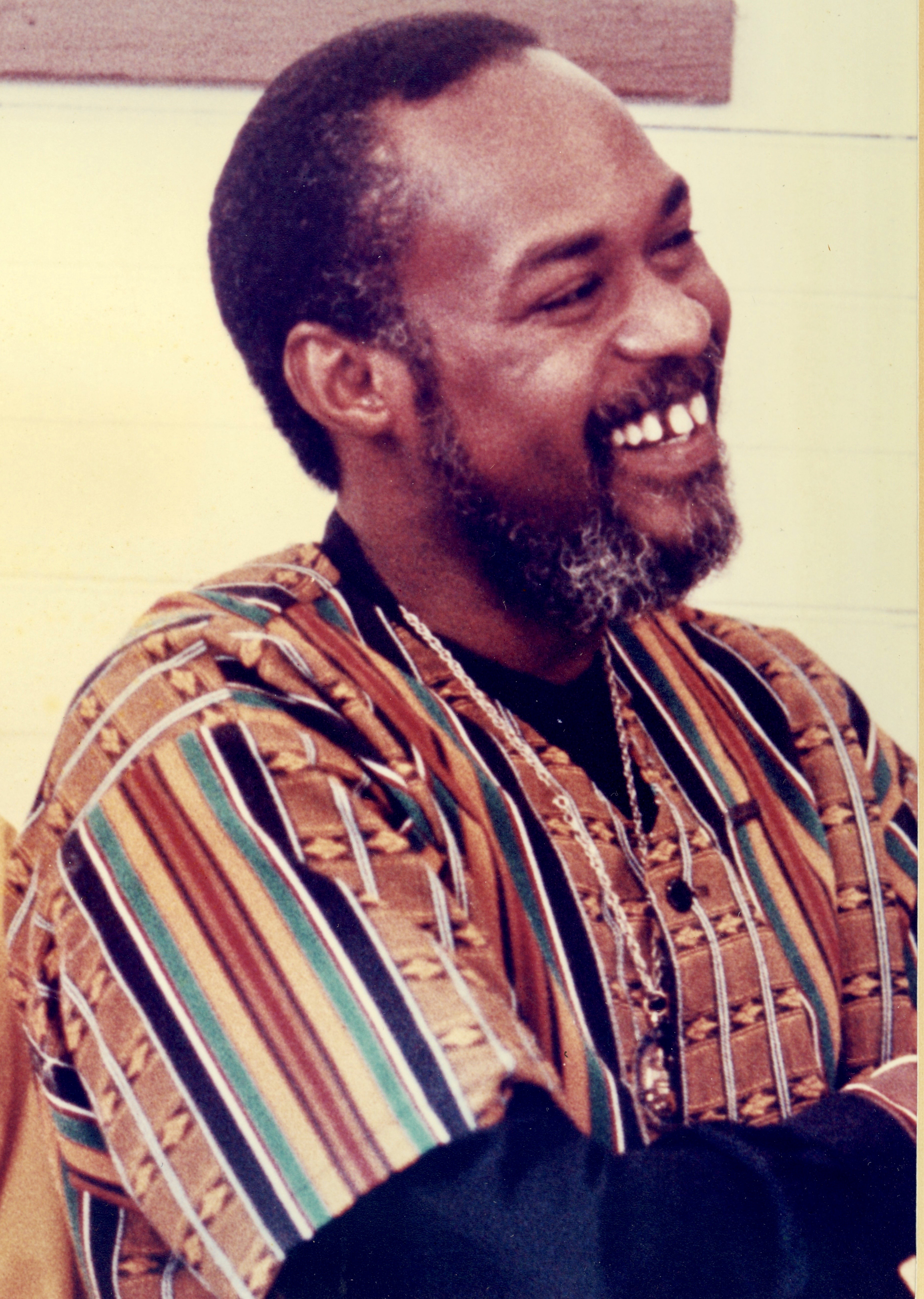Earl T. Shinhoster

Earl T. Shinhoster came of age as a teen in Savannah’s 1960s Civil Rights Movement and left a legacy across two continents.
As a teen, Shinhoster was a leader in the civil rights movement in Savannah. He became involved in the NAACP Youth Council in 1963 as he followed his older brother George into the movement. At 14, he protested to get lights at a playground and summer job opportunities for young people. Conditions at schools, playgrounds and other facilities in black neighborhoods were historically worse than infrastructure used by whites.
Shinhoster also helped with voter registration efforts and attended the NAACP’s Mass Meetings on Sundays. He was elected president of Savannah’s NAACP Youth Council when he was 16. He was on the debate team in high school and then at Morehouse College, where he earned a political science degree. He studied law at Cleveland State University before becoming Director of the Office of Human Affairs on Georgia Governor George Busbee’s staff.
Shinhoster investigated complaints about police brutality and hate group activity as well as economic discrimination. His job was on-the-ground action, as a troubleshooter and a helper. Two of his key activities were voter registration and voter education. He worked for fair housing, economic development, jobs and voting rights. He was an early voice in the 1980s for removing symbols of hatred and oppression, arguing against the confederate flag being flown at government facilities and being incorporated in state flags. He also lobbied for ex-felons to regain the ability to vote.
In 1989, a caustic-gas bomb was mailed to the NAACP office in Atlanta and went off as he pulled the tape off the package. He wasn’t seriously injured, but eight people in the office building were treated for respiratory problems.
As the Southeast Regional Director of the NAACP for 17 years, he oversaw 540 branches and 300 youth councils in Alabama, Mississippi, Georgia, Florida, South Carolina, North Carolina, and Tennessee. The region was viewed as “the battleground of the civil rights movement.”
As interim executive director of the NAACP from 1994-95, Shinhoster reduced the NAACP’s debt by a million dollars and increased membership from 600,000 to almost a million in a little over a year. He also served as national field secretary for the NAACP and as national director of voter empowerment.
Later, he worked with voter education for the office of Georgia’s secretary of state before the 1996 election.
Shinhoster helped to get three Southern Democratic governors (Gov. Roy Barnes of Georgia, Gov. Ronald Musgrove of Mississippi, and Gov. Don Siegelman of Alabama) elected in 1998 and 1999, thanks to his efforts with voter registration and voter empowerment. He also worked hard promoting the census and encouraging people to complete the form.
In addition to his work with the NAACP, Shinhoster worked for six months as field director with the National Democratic Institute for International Affairs in Ghana. He marched in the U.S. and South Africa against apartheid. Working for safe and democratic elections in South Africa and Ghana, he wanted to make sure people were educated about elections and registering to vote. He oversaw elections in Liberia and Ghana.
In addition to the recognition given for all that he accomplished and all the ways he made so many people’s lives better, he is recognized for the smaller, personal impact he made. Many still remember his encouragement as a mentor and his inspirational effect on their lives.
Shinhoster died June 11, 2000 in an automobile accident 25 miles east of Montgomery, Alabama. The Earl T. Shinhoster Youth Leadership Institute in Savannah was created, by his widow Ruby Shinhoster and the Shinhoster family, to honor his memory. The Institute’s mission is to engage young people in activism as they learn about Shinhoster’s work and contributions to the Civil Rights Movement.
The Earl T. Shinhoster Learning Center, at the Ralph Mark Gilbert Civil Rights Museum, is a Children’s Resource Center managed by the Shinhoster family, with African American history reference books available for all ages.
Discussion Questions
- What was the name of the organization that inspired Earl T. Shinhoster to join the Civil Rights Movement?
- What were the positions he held in the National Association for the Advancement of Colored People?
- What would you consider the most important work done by Shinhoster?